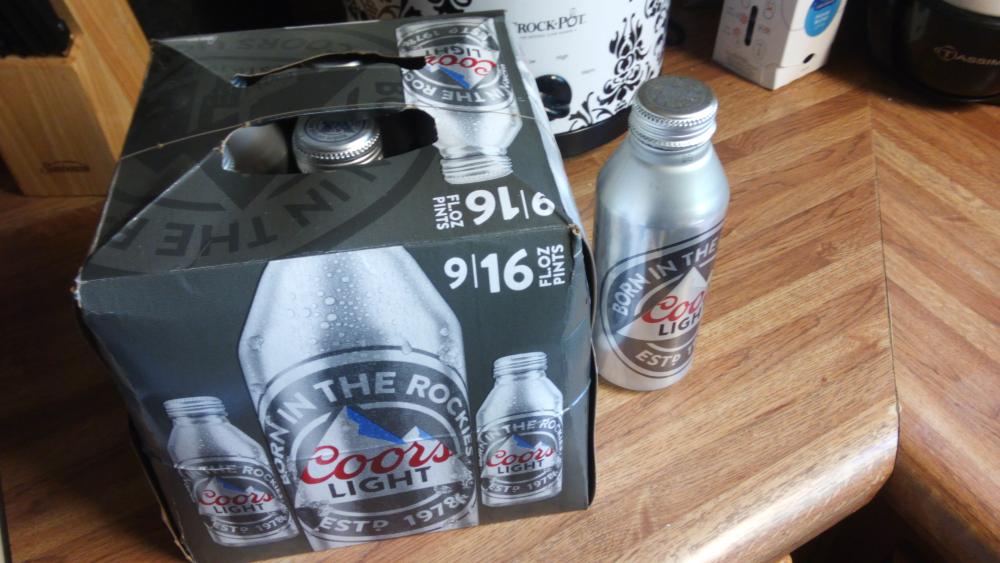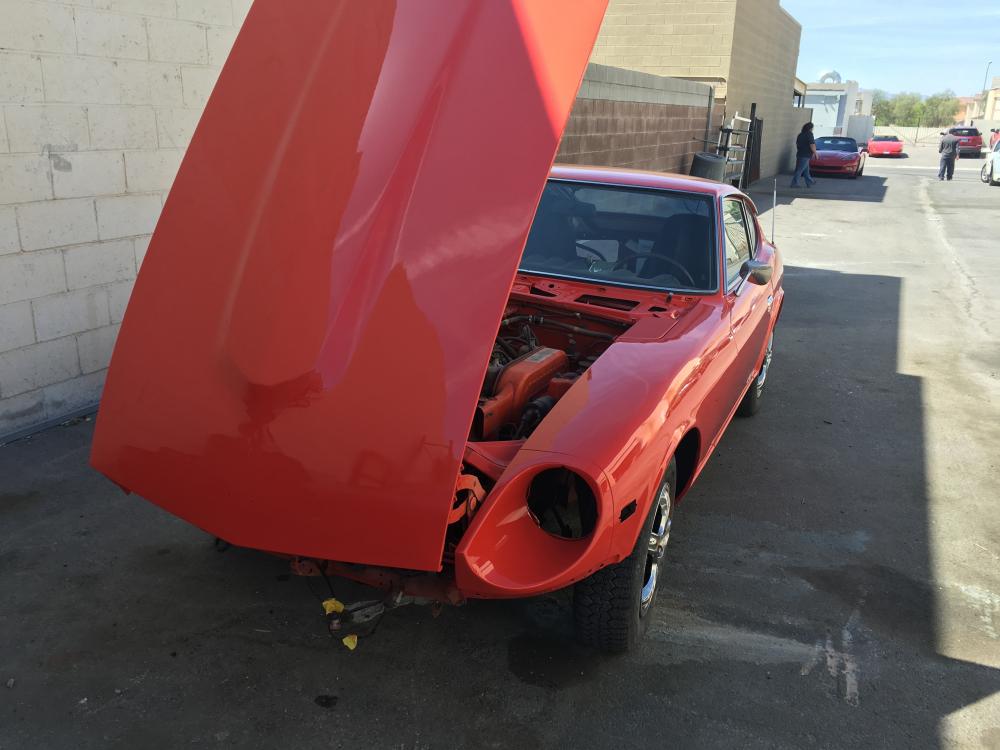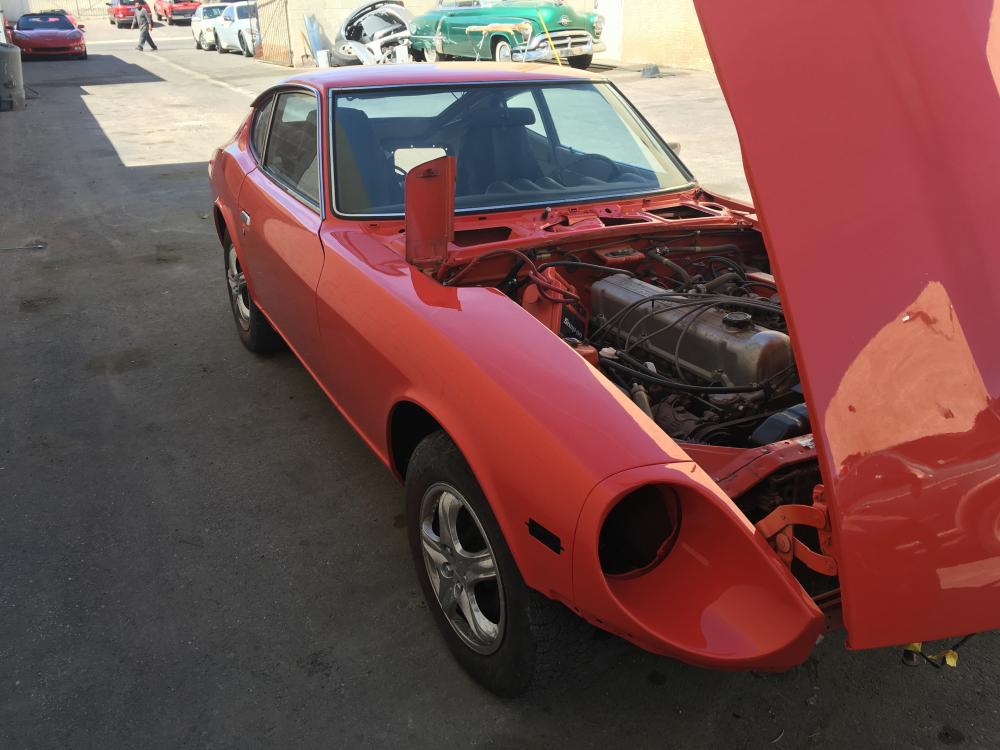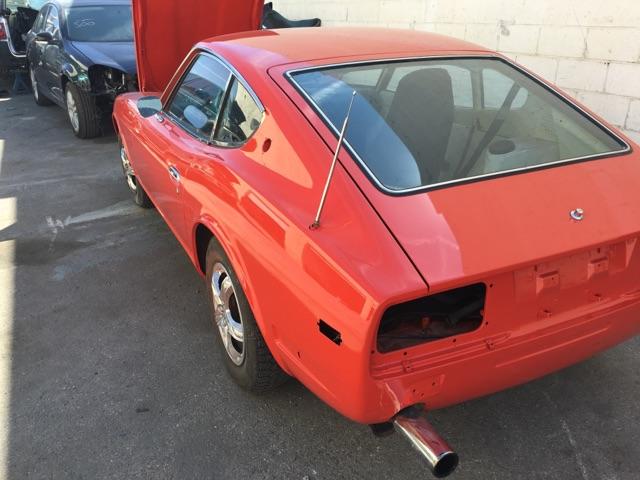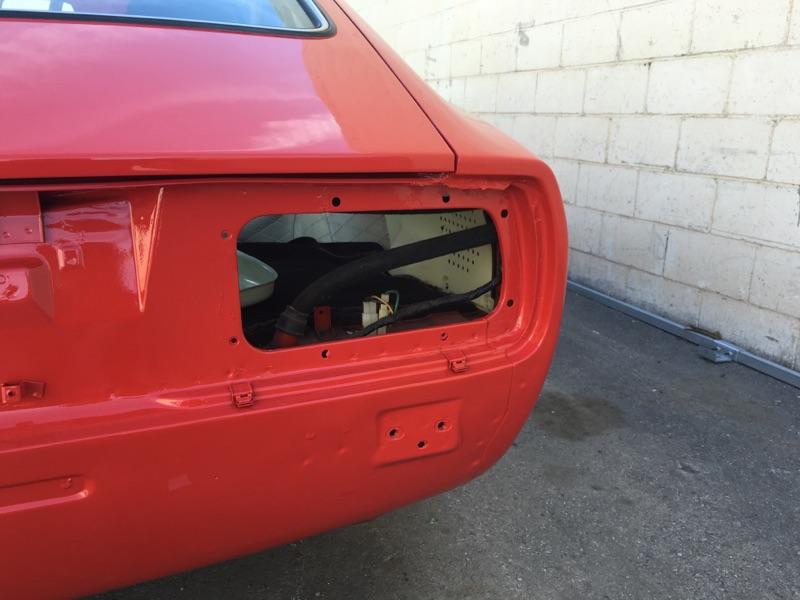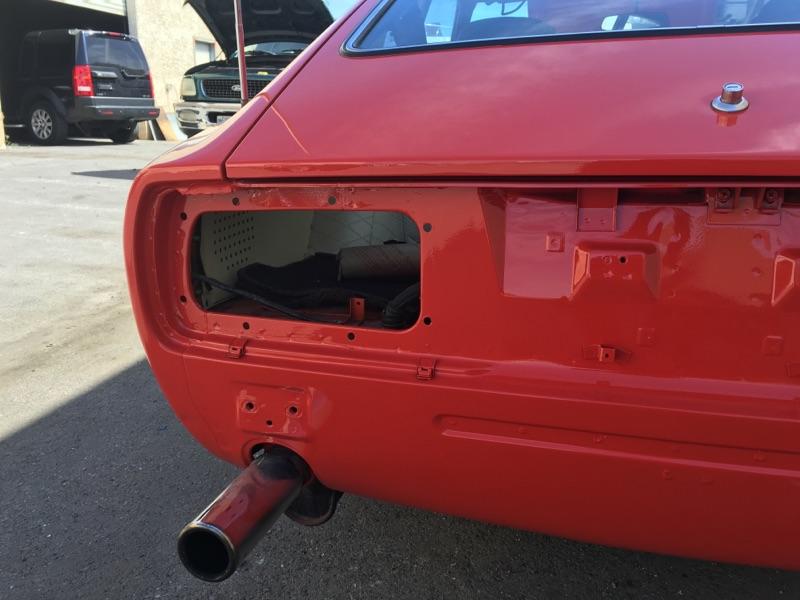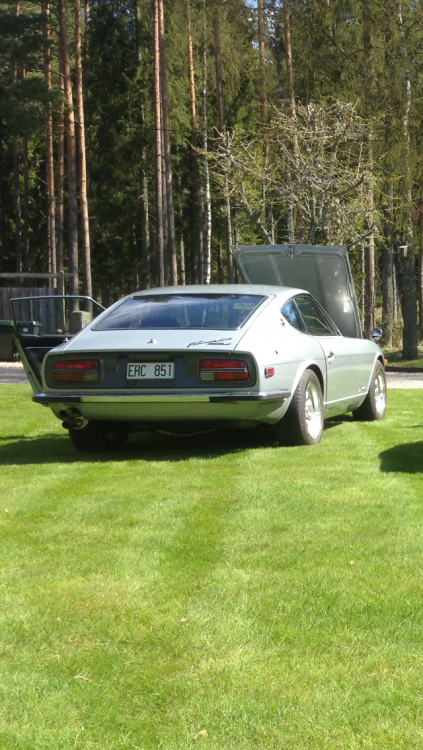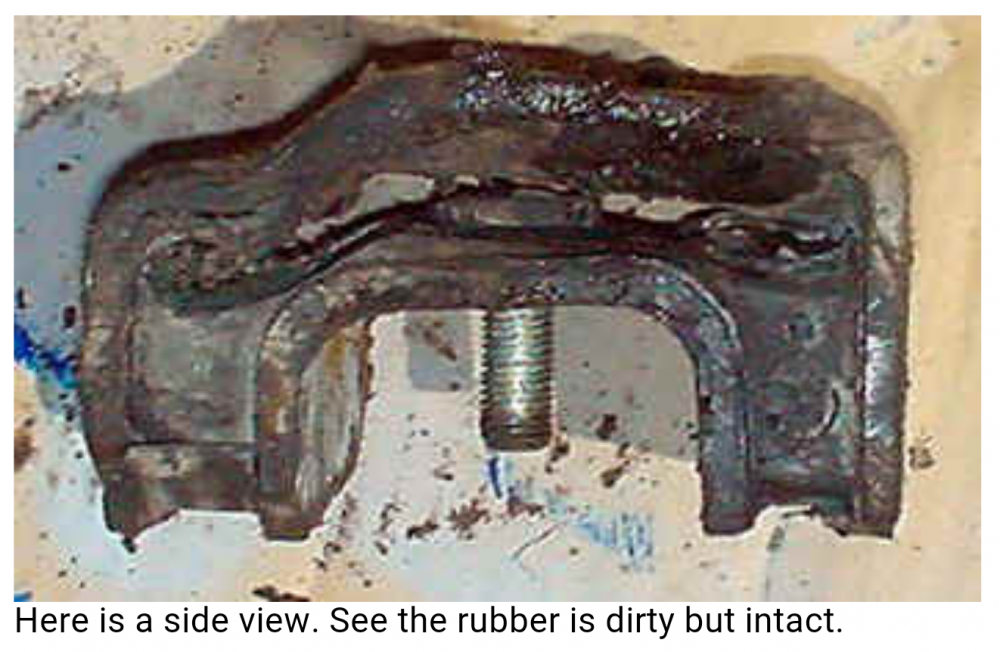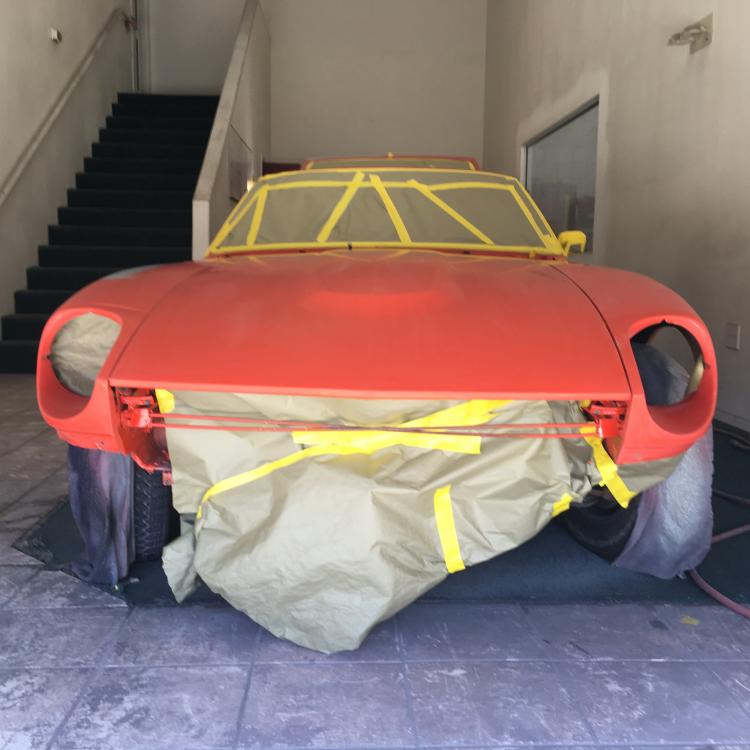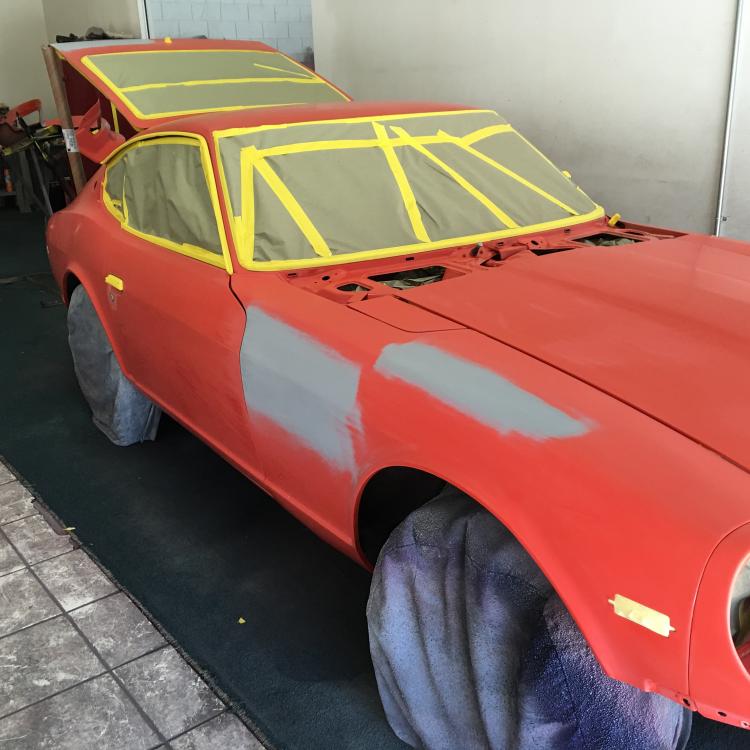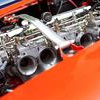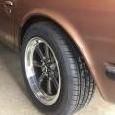From Hasting Rings;
STARTING PROCEDURE
1. Set tappets, adjust carburetor and ignition timing as accurately as possible before starting engine.
2. Start engine and set throttle to an engine speed of approximately 25 miles per hour (trucks, tractors and stationary engines one-third throttle) until the engine coolant reaches normal operating temperature. Then shut down engine and retorque cylinder head bolts, recheck carburetor adjustments, ignition timing and valve tappet clearance. (Run engine at fast idle during warm-up period to assure adequate initial lubrication for piston rings, pistons and cylinders.)
BREAK-IN PROCEDURE
1. Make a test run at 30 miles per hour and accelerate at full throttle to 50 miles per hour. Repeat the acceleration cycle from 30 to 50 miles per hour at least ten times. No further break-in is necessary. If traffic conditions will not permit this procedure, accelerate the engine rapidly several times through the intermediate gears during the check run. The object is to apply a load to the engine for short periods of time and in rapid succession soon after engine warm up. This action thrusts the piston rings against the cylinder wall with increased pressure and results in accelerated ring seating.
Where I live we have some pretty good mountains not too far away from home. I have always read and been told to pull the hills and not get over 3,000 rpms then go back down the hill letting the gears slow the car, not using the breaks. Don't hold a steady RPM, run it up and then let the gears slow it down. The engine decelerating itself forces the rings out against the cylinder walls, I was told that on my first rebuild and followed that and have good compression.
I believe in the "break it in like you're going to drive it". Don't baby it.









